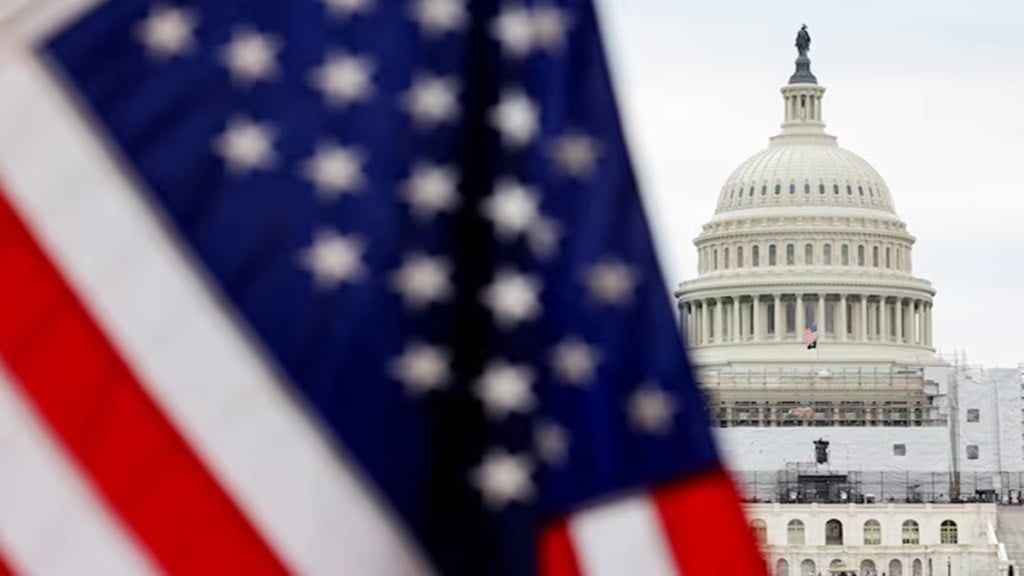Non-resident Indians in America will soon face increased costs for sending money to India. Trump’s One Big Beautiful Bill, which has now become a law after being passed by both the House and the Senate and signed by the President, has introduced a new remittance tax.
US remittance tax refers to an ‘excise tax’ on international money transfers made by non-US citizens residing in the United States, including NRIs, green card holders, foreign students, and other immigrants in America.
The controversial remittance tax was first proposed at a rate of 5%, then reduced to 3.5% by the US House of Representatives, and finally capped at 1% by the US Senate.
The 1% remittance tax will apply to money transfers made by immigrants including Indians in the US, after December 31, 2025.
“For Indian students, H-1B visa holders, and NRIs transferring funds, the change reduces the incidence of double withholding and excessive upfront tax collection, thereby enhancing transparency and trust in the system. Overall, this reform advances the objective of equitable taxation without undermining the government’s ability to monitor offshore financial activity,” says Sonam Chandwani, Managing Partner KS Legal & Associates.
Saurabh Arora, Founder & CEO, University Living says, “The remittance tax proposal in the US has gone through quite a journey. It started with a 5% tax in the early drafts of the One Big Beautiful Bill Act, was later brought down to 3.5% in the House version, and now the Senate has settled on 1%.
This is the first time such a tax is being introduced, and while 1% is still a new cost, it’s a big relief compared to what was originally planned.
Many Indian families depend on money sent from the US to cover things like education, medical bills, and household expenses. A 5% tax would’ve made that support more difficult. Bringing it down to 1% feels more fair, it shows that there’s an understanding of how important these remittances are.
With Indian students alone contributing over $17 billion to the US economy every year, decisions like this go a long way in keeping trust strong and relationships positive. It’s good to see policies that try to balance both sides what the country needs, and what its global communities are going through.”
In addition to the remittance tax being reduced to 1% of the amount transferred, there is another piece of good news for the immigrant population.
The tax imposed will apply only to the remittance transfer for which the sender provides cash, a money order, a cashier’s check, or any other similar physical instrument to the remittance transfer provider
The tax is collected by remittance service providers who then remit the collected amount to the US Treasury every quarter. It applies regardless of the amount sent and is effective from January 1, 2026.
The 1% remittance tax will not apply to any remittance transfer for which the funds being transferred are withdrawn from an account held in a financial institution, including banks. The newly introduced remittance tax will also not apply to money transfers made using a debit card or a credit card which is issued in the United States.
This exemption is a significant relief since it encourages the use of official banking channels and lowers the financial burden on routine transfers like family support, college fees, and investments.
India is the world’s largest remittance recipient, receiving an estimated $33 billion from the United States in FY24, accounting for almost 28% of India’s total remittance inflows.


